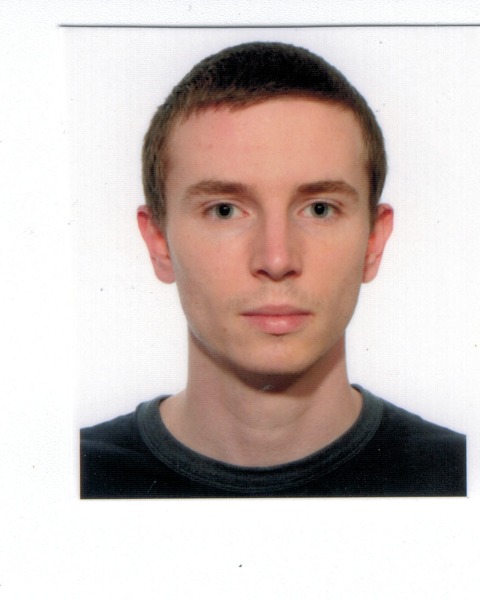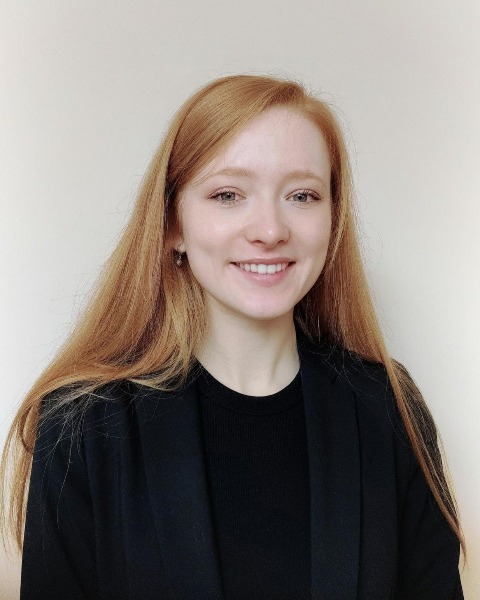2024 Technical Program
Analytical
MOSH &MOAH in food: state-of-the-art and recent advancements
.jpg)
Giorgia Purcaro, PhD (she/her/hers)
Analytical Chemistry Professor
University of Liège
Gembloux, Namur, Belgium
Grégory Bauwens, MA
PhD student
University of Liège
Gembloux, Namur, Belgium
Aleksandra Gorska, Ir (she/her/hers)
Teaching Assistant and PhD candidate
Gembloux Agro-Bio Tech (University of Liège)
Gembloux, Namur, Belgium
Presenting Author(s)
Co-Author(s)
Mineral oil hydrocarbon analysis (notably MOSH&MOAH) in food is a long-lasting analytical challenge that requires advanced analytical techniques and wisely designed methods. Since the first studies in the 90s, hyphenated techniques have always been applied to unravel the complexity of such contamination. The first works used online LC-GC-FID, which is still today the method of choice for routine applications; nevertheless, it fails to give a more detailed insight into the composition of the contamination; thus, in 2008-2009 the use of GC×GC was suggested, and more recently, in 2020, the use of a completely hyphenated LC-GC×GC-FID/MS system has been proposed and validated. The ability to quantify in GC×GC, combined with the spread of the latter technique, has gained attention in many labs around the word, as it provides a quantitative insight into the different subclasses of the MOSH and MOAH, and it reduces uncertainty in data integration and interpretation. Nevertheless, the uncertainty related to the sample preparation step, notably extraction/saponification and epoxidation, has not been addressed yet. In this presentation, an overview of the state-of-the-art in MOSH and MOAH analysis will be provided, with a particular focus on the recent advancements we have worked on to improve the reliability of the saponification step (which in the standard method leads to ~15% of variability due to the altered ratio between internal standards) and on alternatives to epoxidation for interferences removal.

.jpg)